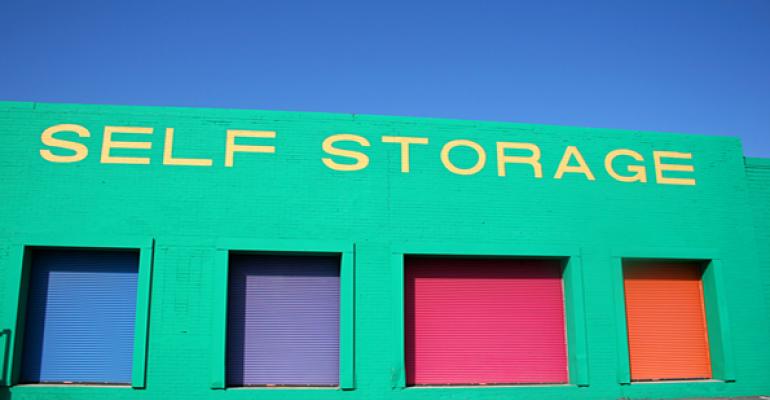Self-storage properties are finally beginning to feel some pain from overbuilding. Rents that rose quickly of over the past few years are likely to rise slowly this winter—if they rise at all.
“We are experiencing a development boom,” says Brandon Karr, director of the national self-storage group for Marcus & Millichap, based in Fort Worth, Texas.
Experts have worried for years that developers would build too many self-storage properties. But rents continued to rise quickly, as strong demand filled new properties. Rents are likely to rise much more slowly over the next year as another wave of newly-built properties opens. Even in sub-markets that aren’t overbuilt, the owners of older properties now often compete with new properties in stronger location with professional managements—changing the expectations of their customers for service and convenience.
Builders keep on building
Self-storage developers have been busy, especially in metro areas with strong job growth like towns like Dallas, Phoenix and Nashville, Tenn. “Everyone is acutely aware that the pipeline of new development is high in the population growth markets,” says Ryan Clark, director of investment sales for SkyView Advisors, based in Tampa, Fla.
However, the industry does not yet produce reliable data on exactly how much new space will open this year and next. “One source says 900 new self-storage properties will open by the end of the year. Another says 300,” says Clark.
Even in the cities with the most new construction however, developers can still find opportunities to build new projects. “Self-storage is a three-mile business,” says Clark. Customers are not likely to use a self-storage facility more than three miles from their home. That means that developers don’t need to worry as much about competing properties that are four or five miles away.
“Self-storage properties compete in such micro markets that it all depends,” says Ryan Burke, an analyst with Green Street Advisors, a real estate research and analysis firm.
Managers need to be aware that many customers are expecting more from them, even if the amount of new construction seems to be manageable within three miles of their property. Many of the new projects opening this year will be third-party managed by the best operators in the business such as Extra Space Storage, CubeSmart Storage, and Life Storage, according to Skyview. That means that even in metro areas with strong demand for self-storage, local owners will measure up to a new standard as more class-A, professionally-managed properties open nearby.
Self-storage properties may also have to compete with new properties that have stronger locations. “Developers are looking for Main Street locations,” says Karr. “It’s no long the out-of-the-way location where developers are building.”
That will put stress on properties with weaker locations. “You want high visibility—20,000 cars driving by a day,” says Clark.
Vacancy rates rise because of new construction
In recent years, high demand for self-storage properties pushed vacancy rates lower and lower. The percentage of self-storage space that was vacant declined 90 basis points in 2016, coming close to 10 percent, on average in the U.S., according Marcus & Millichap.
Self-storage facilities continued to find more customers new in the first half of 2017. For three of the five leading REITs, the percentage of occupied space was about 95 percent in the second quarter of 2017, compared to a year ago when just one of the REITs, Public Storage, was doing so well, according to analysis from Skyview Advisors.
Competition from new development will put more stress on self-storage properties by the end of the year. The percentage of vacant space will rise 80 basis points to an average 11.1 percent, according to Marcus & Millichap.
That means that the owners of many self-storage properties won’t be as able to raise their rents as they did in the recent past.
“In the last five years, managers have been pretty comfortable with being able to raise rents aggressively,” says Clark. “Over the next year, some properties may raise their rents just 1 percent or 2 percent or not at all—instead of 3 percent or 5 percent annual rent growth.”

